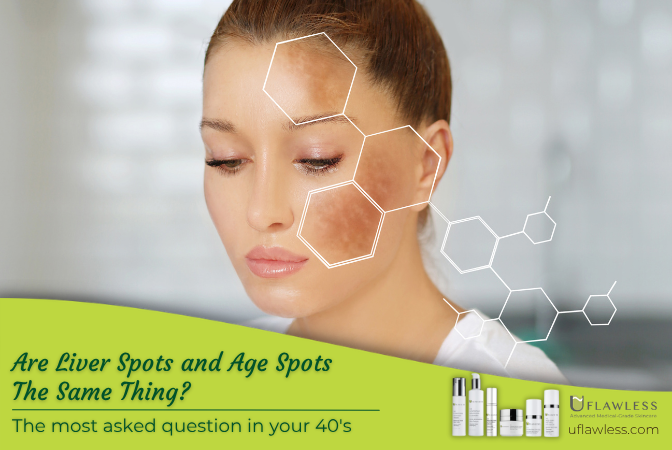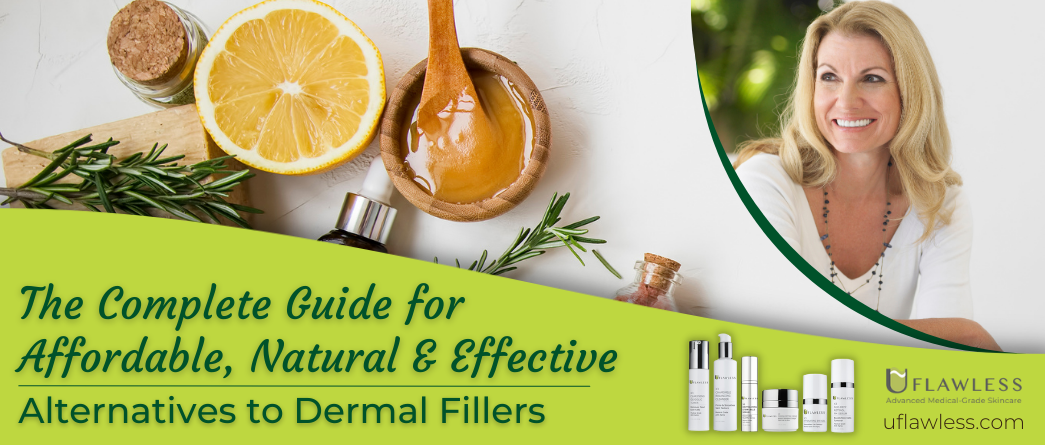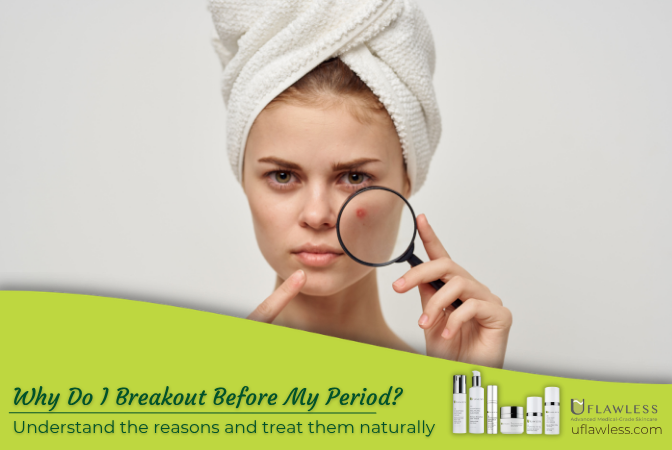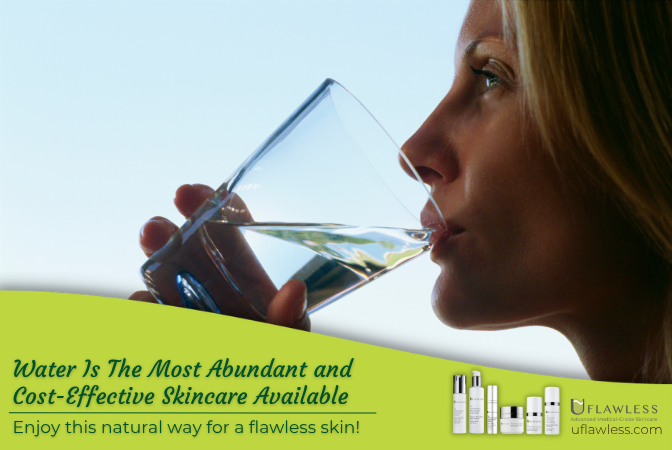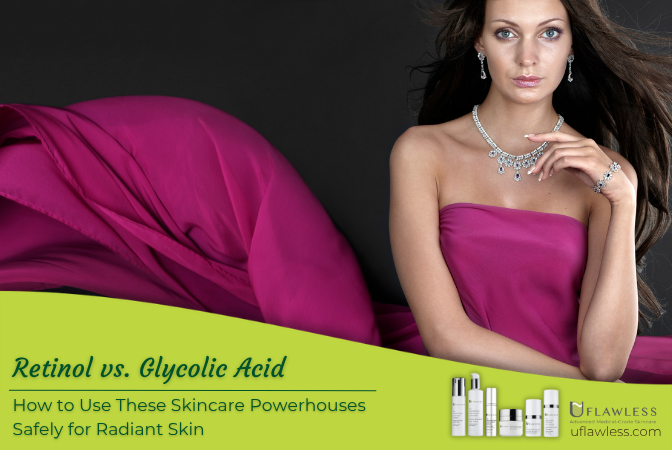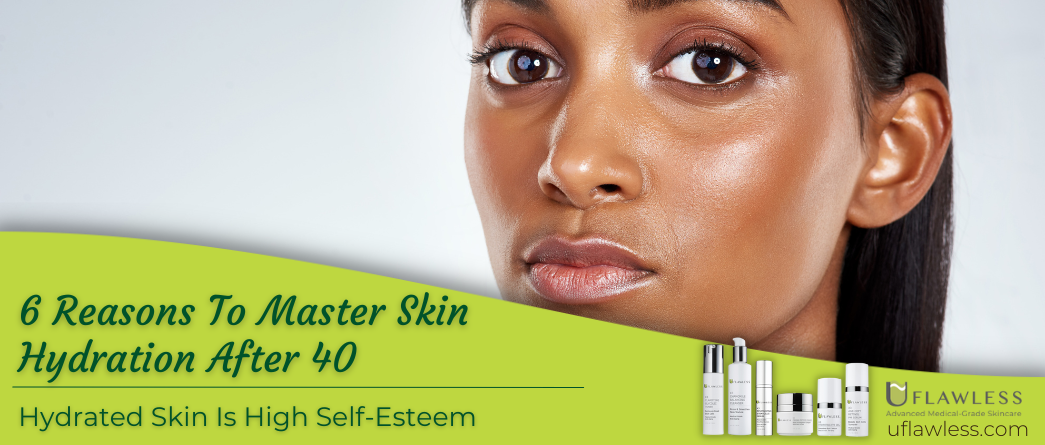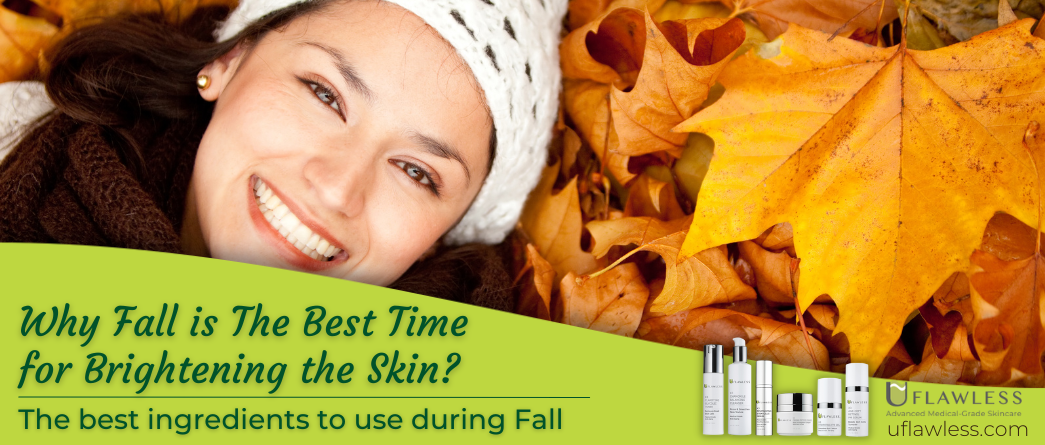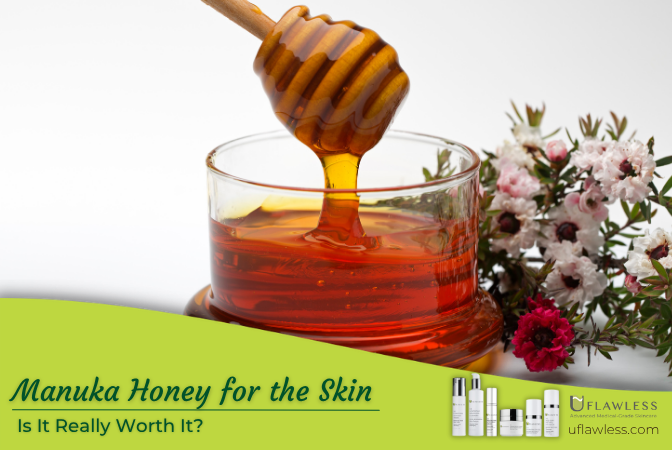
Manuka Honey for the Skin: Is It Really Worth It?
Manuka honey stands apart from regular honey because it’s made from the nectar of the Manuka bush, a plant found only in New Zealand. Its rarity, and the fact that it contains unique, highly potent natural compounds, has made it a popular ingredient worldwide for both health and skincare.
But does it really deserve all the hype? Let’s dig in.
What Makes Manuka Honey So Special?
Unlike conventional honey, Manuka honey contains higher concentrations of antibacterial, anti-inflammatory, and antioxidant compounds.
This “super honey” is so unique that its strength is measured through a special scale called the UMF (Unique Manuka Factor).
-
The higher the UMF, the more powerful its healing and antibacterial properties.
-
Only certified Manuka honey from New Zealand can carry a UMF rating.
A Short History: From Wound Healing to Skincare
Back in the early 1800s, New Zealand’s native populations used Manuka honey to treat open wounds.
Its natural antibacterial properties helped prevent infections and support healing.
But it wasn’t until the 1980s that researchers began classifying its potency and benefits scientifically, including this study published in PMC.
Manuka Honey and Skin Benefits
Regular honey is already known as a skin-nourishing ingredient, but Manuka honey goes even further:
-
Fights acne thanks to strong anti-inflammatory and antimicrobial effects
-
Soothes irritated skin by calming redness and inflammation
-
Supports skin repair, including blemishes and eczema
-
Promotes natural glow and collagen regeneration
In fact, Manuka honey contains up to 25x more active compounds than regular honey, including:
-
Flavonoids
-
Ascorbic acid (Vitamin C)
-
Alpha-tocopherol (Vitamin E)
-
Carotenoids
-
Amino acids and enzymes
Should You Pay the Premium Price?
Here’s a personal perspective:
While Manuka honey is a fantastic ingredient, the steep price tag, and the growing number of fake Manuka honeys on the market, makes it a risky purchase unless you’re sourcing it from a reputable, certified New Zealand supplier.
For skincare, raw honey from trusted local beekeepers is still a fantastic alternative. It contains:
-
Naturally occurring enzymes
-
Pollen, propolis, and probiotics
-
Nutrients that haven’t been destroyed by pasteurization
And better yet, by buying local honey, you’re supporting the environment, bees are essential for pollination and the health of fruits and vegetables.
Raw Honey vs. Processed Honey: What to Look For
Many honeys on supermarket shelves are pasteurized, meaning they’ve been heat-treated.
This extends shelf life but destroys many of the compounds that make honey beneficial to skin and health.
Next time you buy honey, check the label:
-
Choose “raw” or “unpasteurized”
-
Look for honey sourced from small or local farms
-
Avoid overly filtered honey that removes natural particles
How to Use Raw Honey in Your Skincare Routine
If you’ve never used honey on your skin, here are simple ways to start:
1. Honey as a Cleanser
-
Use on clean skin (not as a makeup remover)
-
Apply in circular motions
-
Let it sit for 3–5 minutes before rinsing
-
Gently removes dead skin and softens your complexion
2. Honey as a Facial Mask
-
Apply a layer in the morning
-
Leave on for 20–30 minutes
-
Rinse off for a plumped, glowing look
-
Rich in antioxidants that nourish the skin barrier
3. Honey as a Lip Mask
-
Apply a layer to dry lips
-
Let it sit for 10 minutes (use a plastic wrap if needed)
-
Hydrates, repairs, and softens cracked lips
Manuka honey is truly a powerful skincare ingredient, but it’s not the only one.
If your goal is healthier, more radiant skin, raw honey can be just as effective, especially when sourced locally and used regularly.
So whether you choose to invest in Manuka or go with your local beekeeper’s best, you’re still doing your skin a favor.


